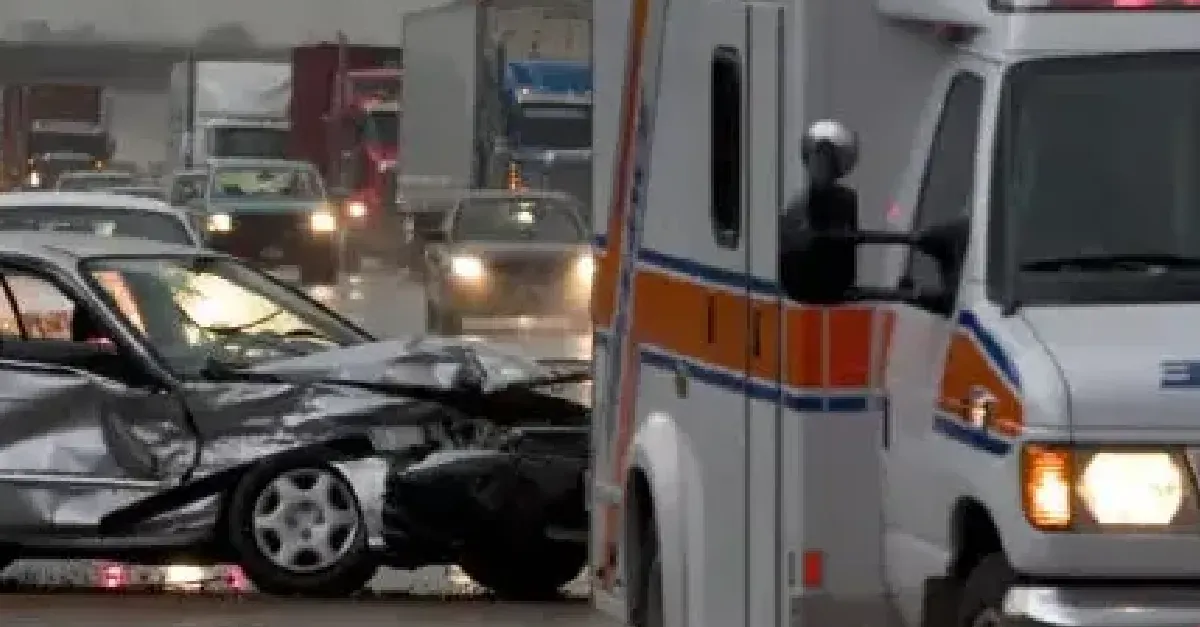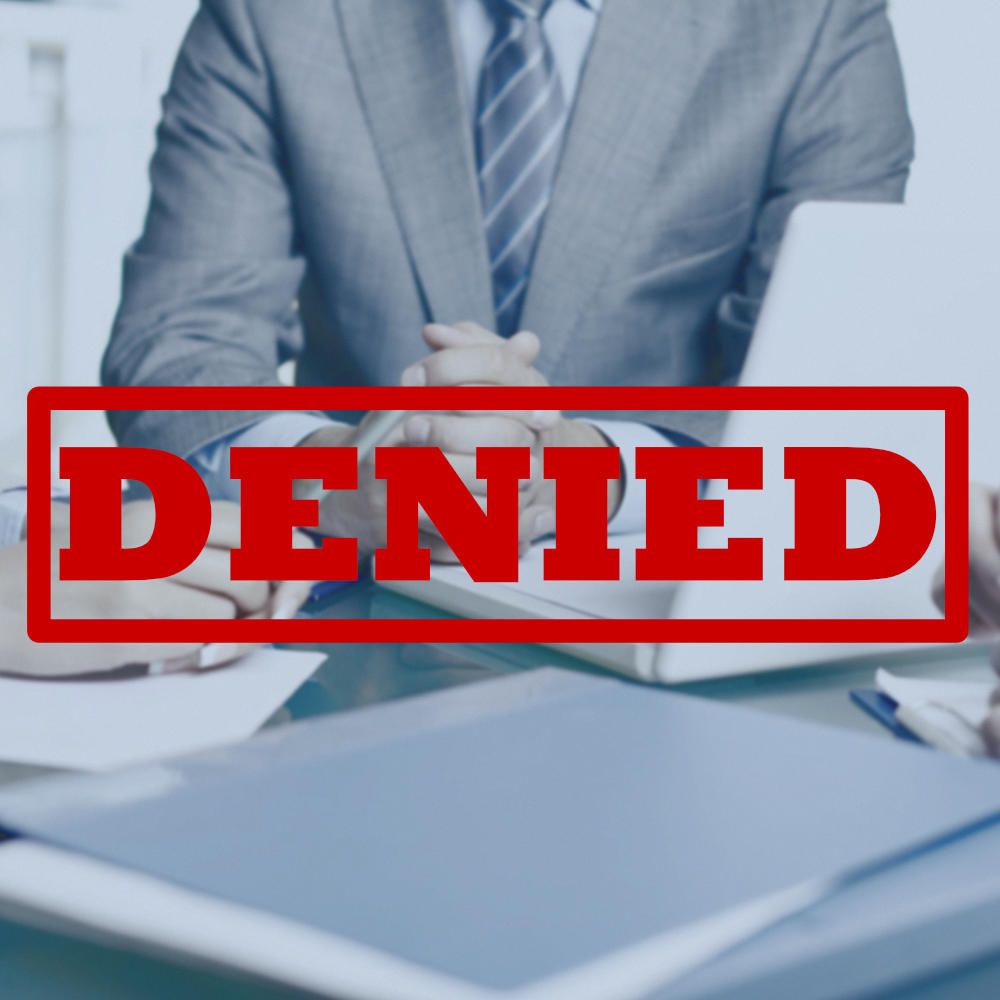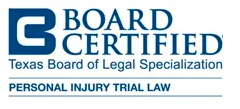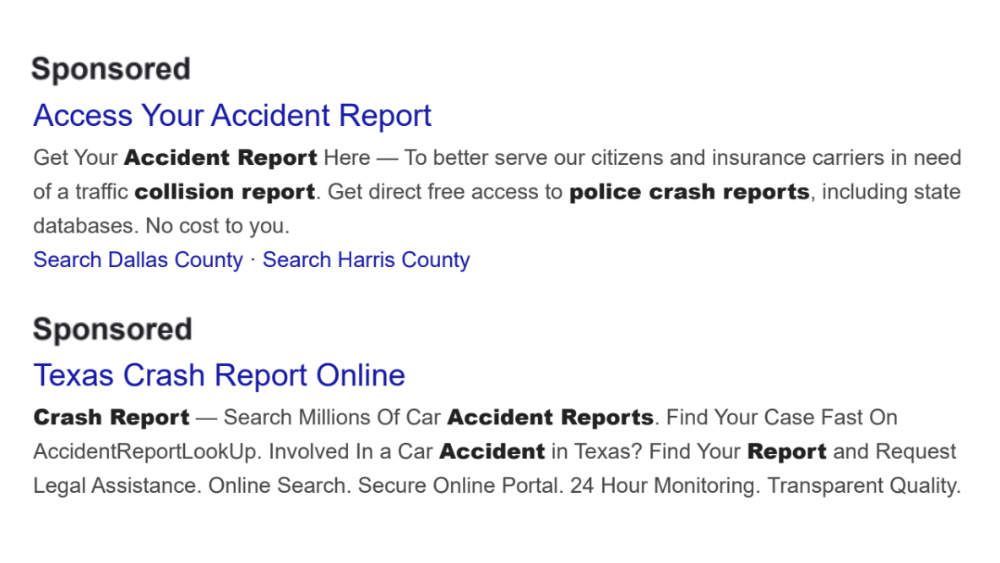How to Manage Property Damage after an Auto Accident
In addition to any injuries you may be recovering from, your auto accident may also have resulted in extensive property damage. Your vehicle and property inside it may be damaged or destroyed, and you may be able to pursue compensation. In most cases, you can file a claim against the at-fault party’s insurance policy. Your own policy may also cover some damage or loss.
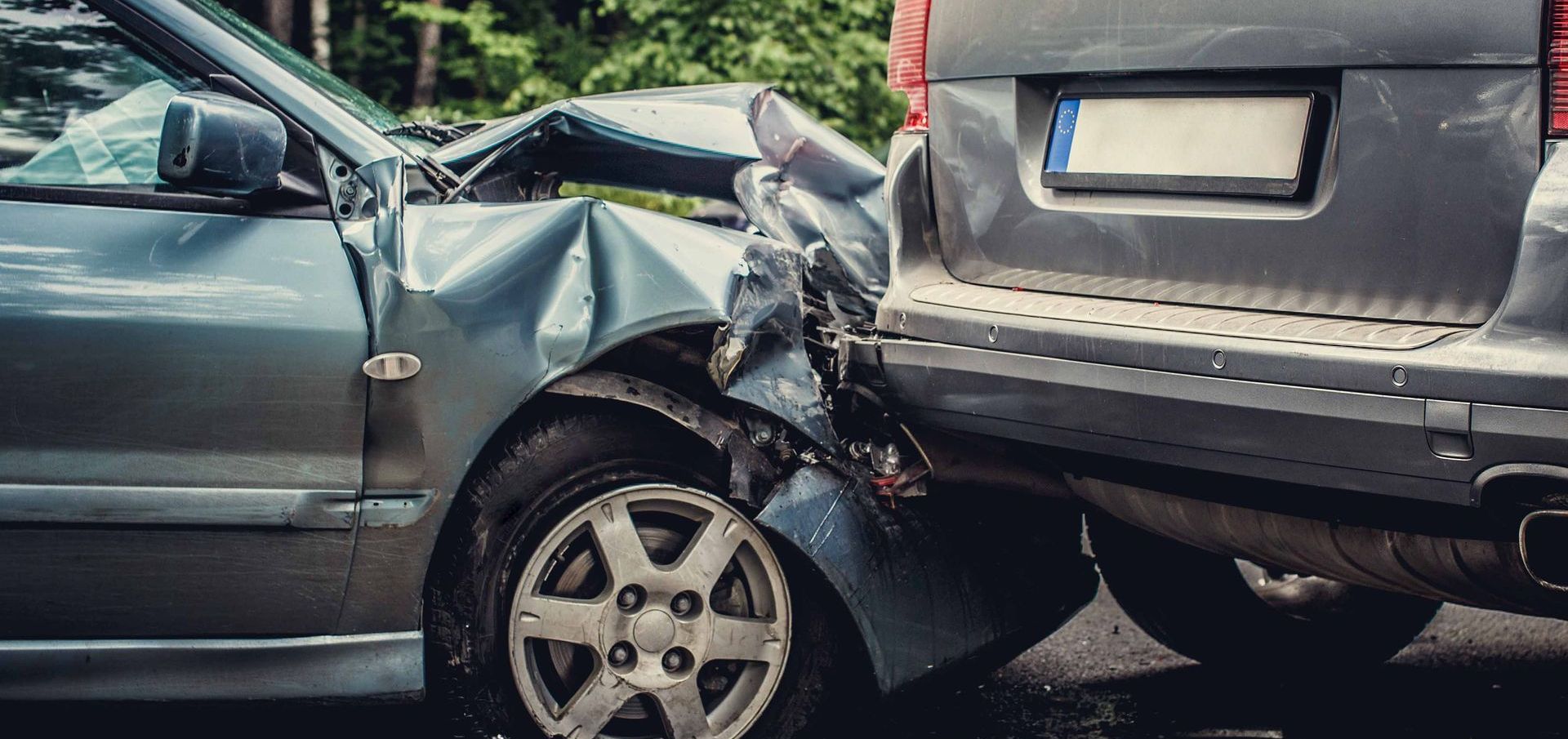
Before you can file an insurance claim, there are some important things to consider about property damage. Let’s take a closer look.
If you have questions about an insurance claim, or need help making sense of a settlement, Wham & Rogers can help! Call us at (832) 592-1108 to learn more.
Locating Your Vehicle After the Collision
If your car has been towed following an accident, it is important for you to find out where your vehicle is being stored. Usually, the officer investigating the accident will provide you with a “tow card”. If not, you may have to contact the officer for more information.
Moving Your Vehicle After the Collision
If the at-fault driver’s insurance carrier accepts liability, you may choose to have that insurance carrier adjust your property damage loss. If you have collision coverage, you may choose to have your own insurance carrier adjust the loss. How you handle moving your vehicle depends on the extent of the damage:
- If your car is likely totaled, you should instruct the carrier adjusting your loss to have your vehicle towed to their lot as quickly as possible to avoid liability for storage fees.
- If your car is likely repairable, you should instruct the handling carrier to tow the car to the repair facility of your choice.
You have a duty to mitigate your damages. This means that you should make sure you have your vehicle moved promptly.
Which Insurance Carrier Should Adjust my Property Damage Loss?
If the at-fault carrier does not accept liability for the collision, or if the at-fault driver had no coverage, then you will have to use your own insurance to cover property damage. Your insurance carrier may then arbitrate with the other driver’s insurance, if any, to recover the amount they paid to repair or total your vehicle.
If you have collision coverage, you may choose to have your carrier repair your damage. If the at-fault carrier delays in accepting liability, you may choose to have your carrier handle the damage in order to avoid delays in moving your vehicle from storage and delays in adjusting your loss.
If your own insurance carrier handles the property damage, you will be responsible for your deductible. However, your insurance carrier may be able to collect your deductible from the at-fault carrier and, if so, they will refund your deductible.
Loss of Use (Rental)
After an auto accident, you are entitled to loss of use (rental car) from the at-fault carrier, at a reasonable rate and for a reasonable time while your car is being repaired. One of the most common questions accident victims ask is, “who pays for the rental car?”
Who Pays for the Rental Car?
The at-fault carrier may only reimburse you after the fact, rather than providing you a rental through Enterprise or another company. If so, you will have to pay for the rental car yourself and then seek reimbursement. Keep in mind that the rental reimbursement rate used by the insurance company may be lower than what some rental companies actually charge you.
If the at-fault carrier denies liability or delays accepting liability, if you have rental coverage under your policy, you may use that to cover your rental. Often, your insurance carrier will only cover your rental if your insurance is handling the repair or totaling your car. Also, there will be a limit to the rental coverage available, typically $1,200 or $1,500. Once this amount has been exhausted, your insurance company will no longer pay for your rental.
How Long Can I Keep the Rental Car?
Recently, there have been parts shortages and other delays in repairing vehicles. It is important to note that the insurance carrier will not pay for, or reimburse you for, a rental for an indefinite period of time. Furthermore, you do have a duty to mitigate your damages. This means that you should take reasonable steps to have your car repaired as expeditiously as possible.
If parts are delayed significantly, insurance carriers will sometimes “total” an otherwise repairable vehicle. They may also refuse to pay for rental vehicles beyond what they consider to be a reasonable time. If your vehicle is drivable, you may want to wait until all parts are available and in stock before taking it to a repair shop. You may also be able to have the car repaired to a drivable condition and return the car for additional repairs once missing parts are available. The latter option is only applicable if the car can be repaired to a safe drivable condition without the missing parts.
If your car is totaled, you are only entitled to loss of use (rental) until the determination is made that your car is totaled. In that situation, you will have to move quickly to return the vehicle (the carriers typically allow you to keep the rental for 72 hours following the determination that the car is totaled). You may have to return the car before you receive the check from the insurance company for your vehicle.
Diminished Value
If your car is repairable, you are entitled to a diminished value settlement from the at-fault carrier. Typically, your own carrier will NOT pay for diminished value. The amount of diminished value settlement you will receive is based on a few factors, such as:
- The value of your vehicle
- The ratio of the value of the vehicle to the cost of repairs
- The mileage of your vehicle
- Whether your vehicle has been previously damaged
For example, if you have a new $50,000 vehicle with $30,000 in repairs, low mileage and no previous claims, your diminished value claim will be higher than if you have a $10,000 vehicle with $1,000 in repairs, with high mileage that has previously been wrecked.
Typically, adjusters will offer approximately 10% of the repair costs for the diminished value, but may adjust their offer based on the value of your vehicle.
If you have a loan on your vehicle, the insurance carrier may issue the check jointly to you and your lender. Your lender may be entitled to the diminished value settlement under the terms of your loan agreement.
Key Tips for Filing a Property Damage Claim
If your auto accident caused property damage, there are a few ways you can help the claims process go smoother:
- Make sure you have correct contact and insurance information for the at-fault party
- Ask witnesses to provide statements on the accident
- Notify the police at the scene and complete a report
- Take photos and/or videos of the accident scene, injuries, and property damage
- Report the accident to your insurer as soon as possible
Perhaps the most important tip for a successful property damage claim is to contact a skilled car accident lawyer for help. At Wham & Rogers, we understand the complexities and potential obstacles to filing insurance claims. Our Woodlands car accident lawyers have decades of experience helping accident victims get the full amount of compensation they deserve.
Find out how we can help with your property damage or personal injury claim by contacting us for a free consultation. You can call us at (832) 592-1108, or request a free consultation via our online contact form.
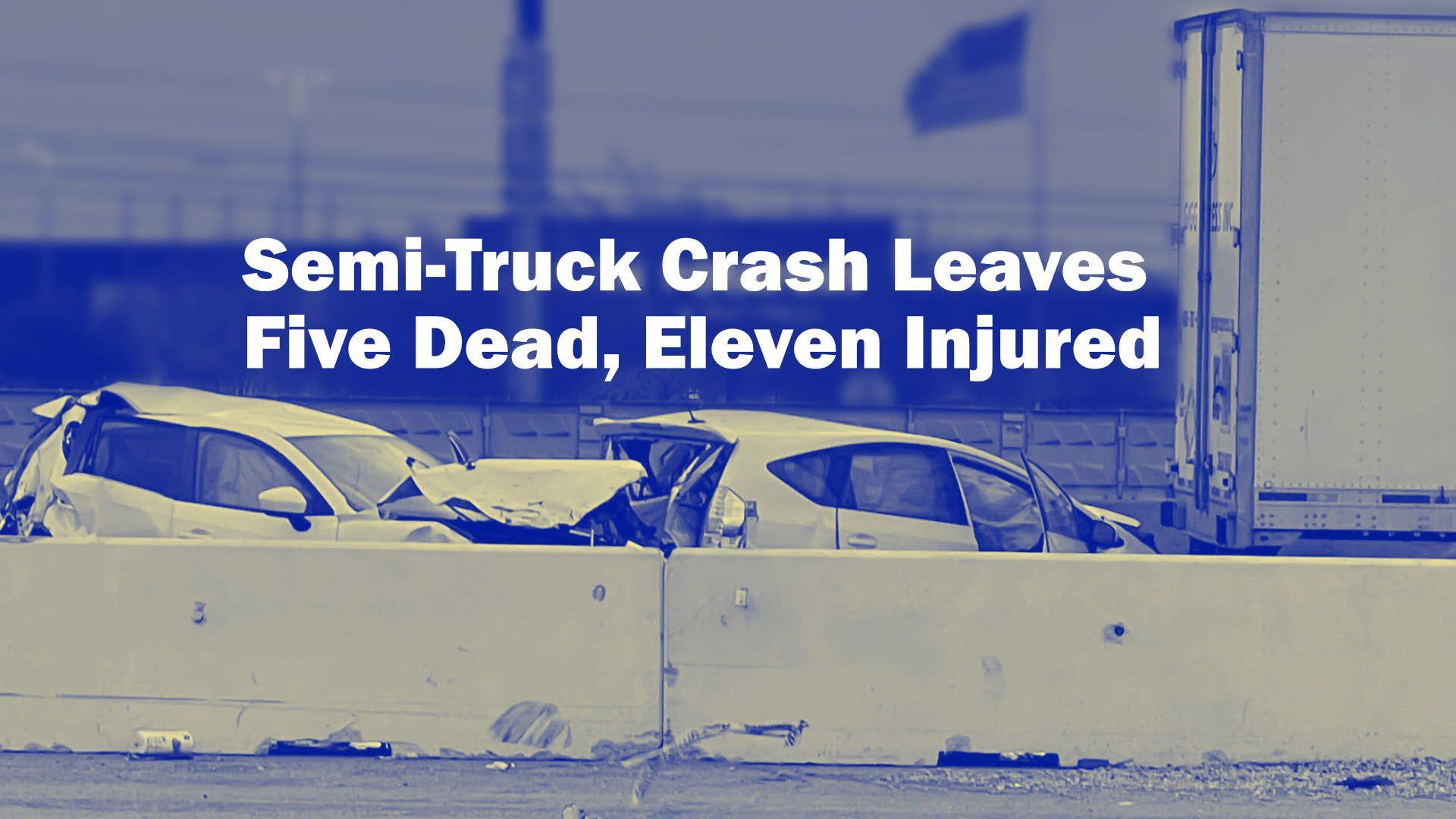
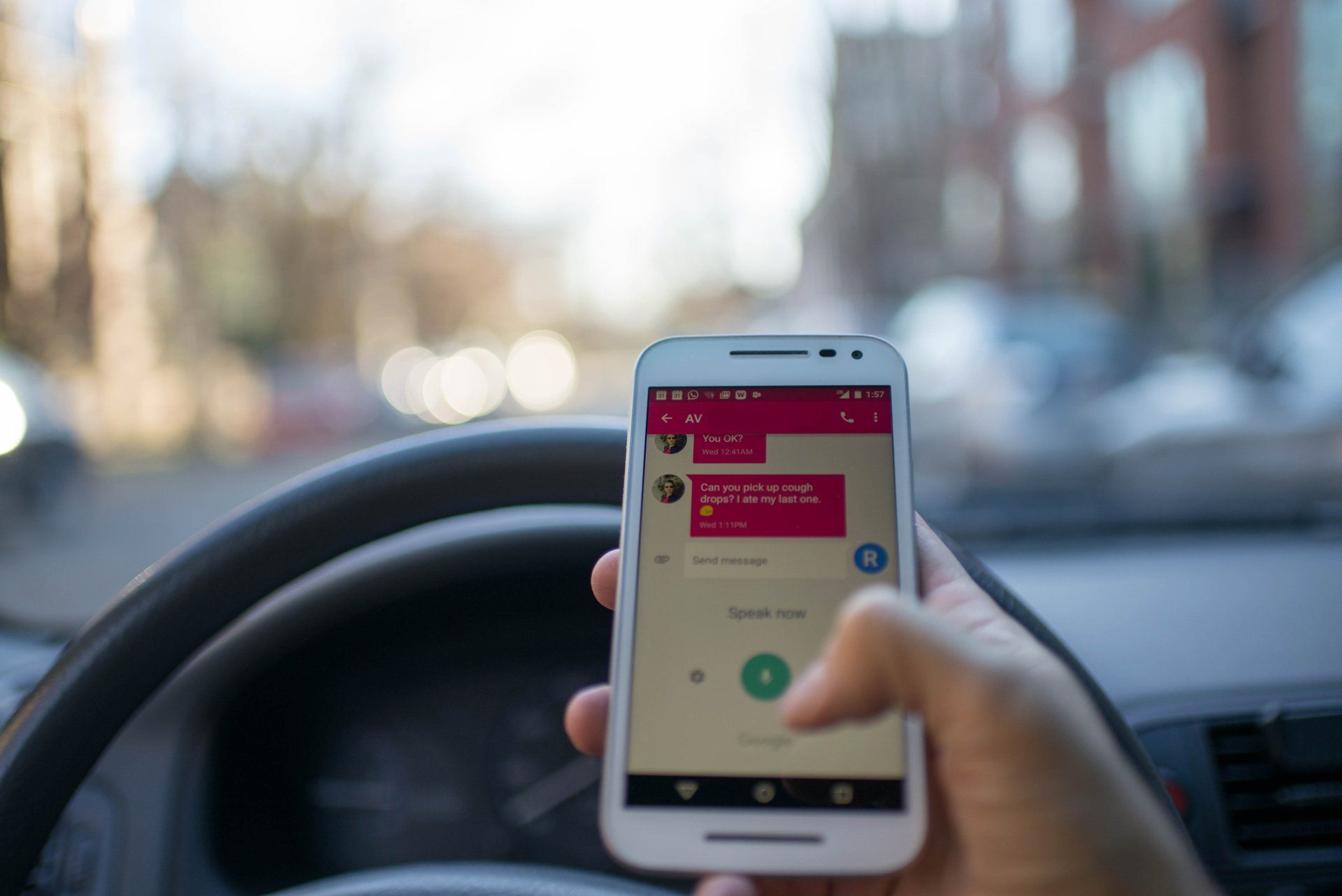
The information on this website is for general information purposes only. None of the information on this site should be taken as legal advice for any individual case or situation. This information is not intended to create, and receipt or viewing does not constitute, an attorney-client relationship.


